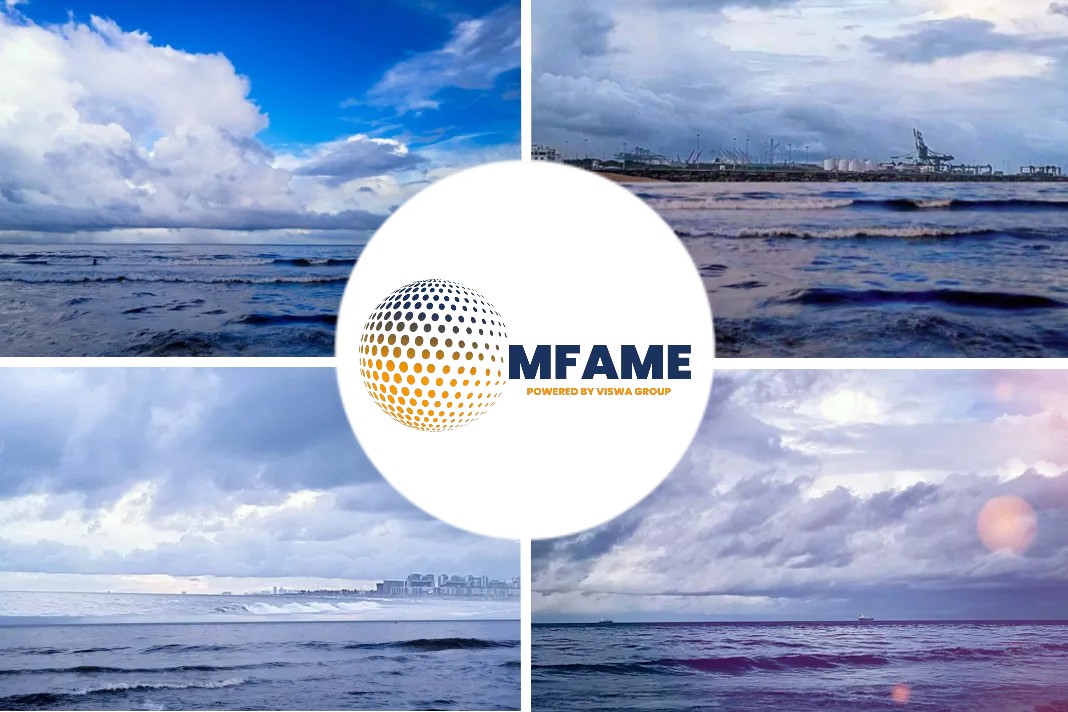
- Grain shipments down 21% on week
- Weekly average cargo size edges lower
- Tanker vessels also set for disruption
Ukrainian grain flows retreated in the week ended Dec. 11, plagued by inspection delays, which also saw the weekly average cargo size edging lower, reports SP Global.
Black Sea Grain Initiative
The UN-brokered Black Sea Grain Initiative, signed July 22 by Russia, Ukraine and Turkey and renewed in November for another four months starting Nov. 19, enabled the resumption of exports of grains and other foodstuffs from the three key Ukrainian ports of Chornomorsk, Odesa and Yuzhny/Pivdennyi on the Black Sea, with cumulative grain shipments under the safe passage deal reaching almost 13.7 million mt as of Dec. 11.
Market sources have been pessimistic regarding the progress made in accelerating flows, with the latest weekly shipments standing almost 9% below average.
“Vessels still waiting for up to 30 days. It’s all mainly JCC delay rather than port congestion,” explained a shipbroker, with sources previously expressing optimism about stronger flows by mid-December.
Also easing slightly on the week, average shipment during the period Dec. 5-11 stood at 34,591 mt, almost a third larger than the average weekly cargo size of 26,367 mt since the inception of the safe passage deal, indicating that market participants might feel more comfortable bringing larger assets into the trade.
The largest cargo during the week was a 67,100 mt shipment of corn headed to China aboard the 2011-built, 80,310 dwt Aeolian Vision, which departed from Chornomorsk Dec. 8.
The JCC said late Dec. 11 that “82 vessels are waiting in Turkish territorial waters. Out of those 82, 59 are waiting to move – following inspection – into Ukrainian ports with the capacity to export approximately 2.2 million tons of grain and other food products.”
Some of the vessels have waited for over a month, with the remaining 23 vessels already loaded with cargo and awaiting outbound inspection.
According to the JCC, the number of inspection teams has not increased and remains stable at three per day, with plans to conduct nine inspections Dec. 12, one on inbound vessels and eight on outbound.
The share of shipments destined for high-income regions during the week Dec. 5-11 hovered close to 60% of all cargoes, with almost 35% heading to mid-income destinations and less than 4% of the shipments reported to be destined for low-income destinations.
As for cargo types, corn shipments dominated the Dec. 5-11 flows, accounting for almost 49% of total cargoes, with wheat cargoes claiming almost 18%, and rapeseed just above 13%. The remainder comprised sunflower products and other foodstuffs.
Europe and Central Asia attracted almost 71% of the cargo volumes during the week ended Dec. 11, with 10% heading to East Asia and Pacific, and about 9% destined for the Middle East and North Africa.
The remaining volumes were shipped to South Asia and sub-Saharan Africa, JCC data showed.
At the same time, global dry bulk freight prices remain weak, with the Platts KMAX 9 Index, a weighted average of spot time charter equivalent rates on key Kamsarmax routes assessed by Platts, last standing at $13,223/d on Dec. 9, over a third below the $20,109/d average for 2022 to date.
Tanker disruption brewing
With the introduction of the G7 price cap on Russian seaborne crude Dec. 5, tanker delays have escalated after Turkey issued a notice dated Nov. 16 requiring all ships transiting or entering Turkish waters from Dec. 1 to provide letters confirming that insurance cover will remain in place under any circumstances throughout the duration of the transit or while the ship is in a Turkish port or waters.
Consequently, delays for tankers transiting the Turkish Straits have jumped to the highest in almost a year, tightening tonnage availability elsewhere in the Med.
Southbound tanker delays to transit the straits were assessed at 10 days on Dec. 9, unchanged from Dec. 7 but up from three days at the start of the month and the highest since Dec. 3, 2021, according to assessments by Platts.
If the issue is not resolved this week, Med rates for Suezmax and Aframax vessels are likely to tick higher on the back of a supply shortage in the region.
“Discussions are still in progress, but no common ground has been found as yet,” a shipping source said. “Any sustained delays will certainly have a positive impact in the Med tanker markets.”
Did you subscribe to our daily Newsletter?
It’s Free! Click here to Subscribe
Source: SP Global















